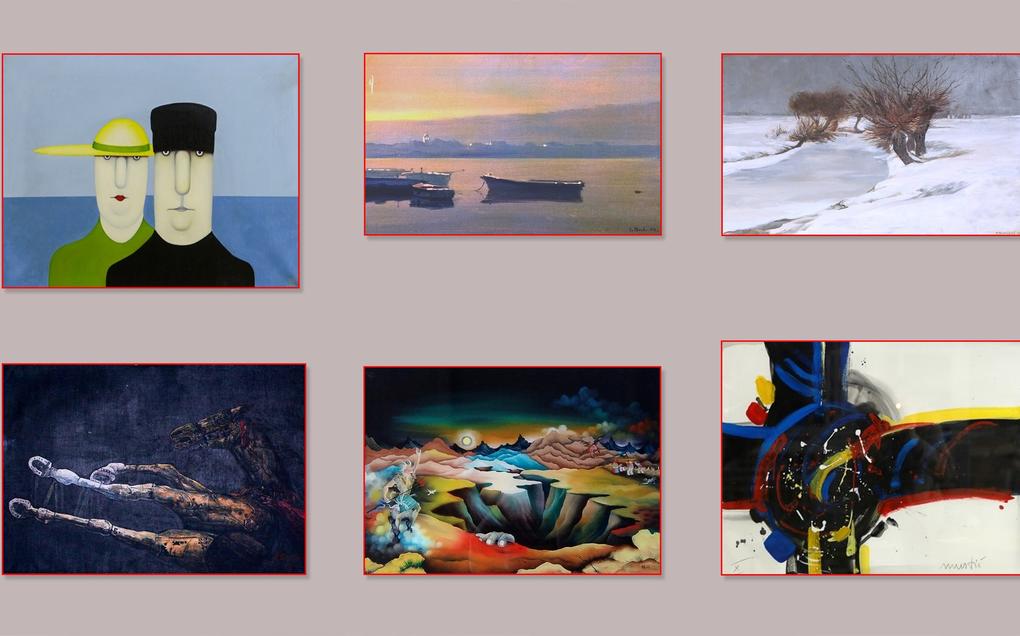Alternative biographies
Marin Getaldić

Photo gallery
He was born in Dubrovnik in 1568 as one of the six children of Maro Getaldić and Anica Restić (Resti). He finished primary school in Dubrovnik. As a prominent patrician he became a member of the Major Council in 1588. He held administrative and judicial power in Pelješac and worked in the office that traded in salt at the river Neretva. He handled the affairs of the estate of late Nikola Gučetić (Gozze), as an assistant to Marin Gučetić, which enabled Getaldić to spend the period from 1595 to 1601 in Europe. After he left London, Getaldić was given private lessons by the mathematician Michel Coignet in Antwerp, however it was the meeting with François Viète in Paris that proved decisive for Marin’s future development. By becoming part of Viète’s circle, Getaldić definitely entered the uppermost ranks of European mathematicians who were using the contemporary algebraic method. He moved to Italy where he met Galileo Galilei in Padua whom he also regularly correspondence with. After returning to Dubrovnik he started working on his first published work Promotus Archimedis seu de variis corporum generibus gravitate et magnitudine comparatist, that was published in Rome in 1603. Getaldić mathematically elaborated and presented his conclusions about the relationship between weight and volume of various bodies based on values obtained through experiment. His results were far more precise than the results of his contemporaries, and differ only slightly from today’s. His next published work Nonnullae propositiones de parabola from 1603, was related to the influence of Christoph Clavius, German mathematician and astronomer. From one letter Getaldić sent to Clavius, and related to this theoretical work, we can see that Getaldić created two parabolic mirrors, one larger in Dubrovnik and one smaller in Rome. He said that his mirror could melt lead, silver and steel, i.e. achieve the temperature of at least 1,200 °C. He continued to serve the Republic and he was instructed to build the Podzvizd Fortress in the Ston walls. In 1606, he was elected as the tribute ambassador so he travelled to Istanbul to pay the annual tribute to the sultan. He used the journey to determine the geographic latitude of Istanbul and Dubrovnik. After he returned, he continued his scientific work, so in 1607 he published three works in Venice: Supplementum Appolonii Galli, related to the supplement of Viète’s restoration of Apollonius’s work De Tactionibus; Apollonius redivivus, related to his restoration of Apollonius’s work De Inclinationibus and Varorium problematum collection in which he solved 42 mathematical problems. Getaldić’s main contribution was the book De resolutione et compositione mathematica, published posthumously in Rome in 1630. Because of certain thesis expressed in the book, this work is considered the origin of analytical geometry. Marin Getaldić died in Dubrovnik in 1626. Marin Mersenne, the French philosopher and mathematician, said that Getaldić performed experiments with his parabolic mirror and that he set fire to models of ships from a distance. After Getaldić’s death, his brother sent the parabolic mirror to Cardinal Francesco Barberini, who displayed it in the then Natural History Museum. The mirror was later restored, and is today kept in the National Maritime Museum in Greenwich. Marin Getaldić’s name is inscribed on the back of the mirror.








